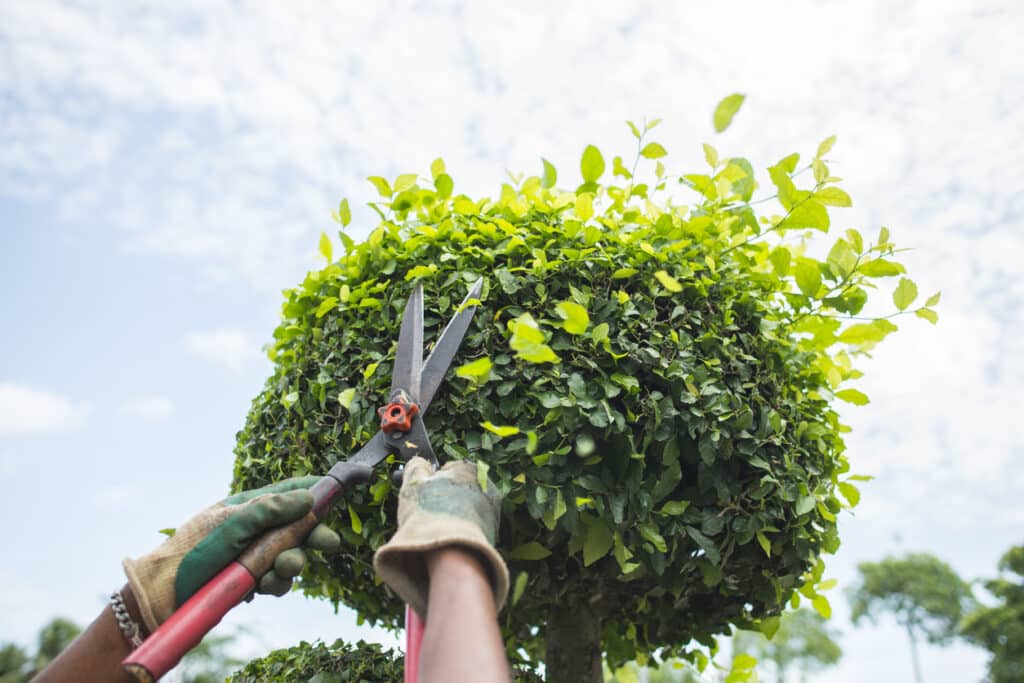Ornamental trees are a great way to add beauty and structure to your landscape. With careful consideration, these trees can also provide ecological benefits such as shade, oxygen production, soil conservation, and more. As you plan to add ornamental trees to your yard, there are several things you should know about them.
1. Planting Time
For optimal growth, ornamental trees should be planted in the early spring. Planting during this period ensures the tree has enough time to become established before the harsh summer and winter temperatures occur. Taking care when planting will ensure your tree gets off to a good start and maintains healthy growth.
2. Watering
Once your ornamental tree is planted, it’s important to maintain its water needs. During the first few weeks of planting, provide your tree with 1–2 inches of water each week until it becomes established.
After this period, you should aim to provide supplemental irrigation during times of extended dryness or when rainfall is low. It’s also important to ensure you’re not overwatering as excessive moisture can lead to root rot and other diseases.
3. Pruning and Care
When caring for your ornamental trees, it’s also important to prune them regularly. Ornamentals need regular pruning to keep their shape and promote healthy growth. Regular pruning also helps rid the tree of dead or diseased branches.
In addition, ornamental trees may require supplemental fertilizing to stay healthy. Fertilize your trees in early spring and late summer with a granular fertilizer according to package instructions.
4. Pests and Diseases
Ornamental trees can be vulnerable to various pests and diseases. It’s important to properly identify any pests or diseases that may affect your tree so that you can take corrective action quickly. Common ornamental tree pests include aphids, scale insects, borers, whiteflies, and webworms.
Disease problems such as fungal growth or root rot may occur occasionally. Inspecting trees regularly for signs of damage or disease is the best way to keep them healthy. If a problem is detected early enough, it can often be corrected before it becomes too serious.
5. Winter Protection
In areas with cold winters, your ornamental tree may need extra protection from the elements. If necessary, you can wrap the trunk of your tree in burlap or cover it with a waterproof cloth to protect it from freezing temperatures and windburn. You may also want to consider applying an anti-desiccant spray that will help protect evergreen species from winter damage.
6. Avoid Planting Too Deep
When planting an ornamental tree, it’s important to avoid planting them too far into the soil. The tree may not receive enough oxygen and nutrients if planted too deeply, leading to poor growth or even death.
Be sure to plant your trees at the same depth they were in their original containers. If you’re uncertain of this, look at the roots, and determine that no part of the tree’s bark is buried beneath soil or mulch.
Ornamental trees are a great addition to any landscape. By properly caring for them, these trees can provide beauty, structure, and ecological benefits. Understanding their needs from planting time to winter protection will help ensure your ornamental trees remain healthy for many years.
Contact Lafayette Huesca Tree Service in Lafayette, IN for proper tree care, trimming and pruning, and maintenance. We offer other services, including tree removal, storm prep, and more to customers throughout the surrounding areas.







